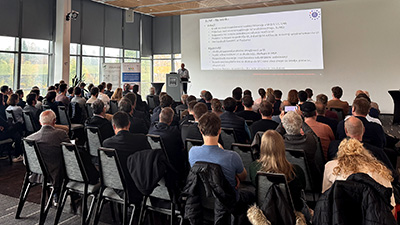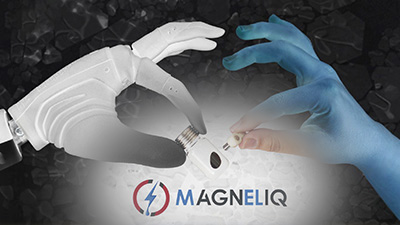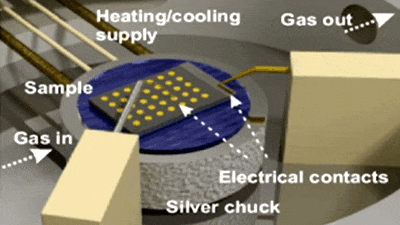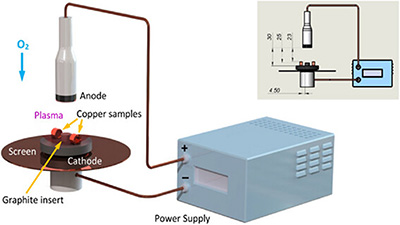The well-attended event "Challenges and Opportunities of Slovenian Robotics," which took place on October 15, 2024, at the Four Points by Sheraton Ljubljana Mons hotel, once again confirmed that the Slovenian research and industrial community in the field of robotics is among the most recognized in Europe. The event, co-organized by the Jožef Stefan Institute and the Slovenian Robotics Association, brought together representatives of research institutions, industry, and users of robotic technologies from Slovenia and abroad. In their speeches, Prof. Dr. Matjaž Mihelj, President of the Slovenian Robotics Association, and Prof. Dr. Andrej Gams, coordinator of the European ROMANDIC project at the Jožef Stefan Institute, emphasized the importance of cooperation between research and industry stakeholders as one of the key driving forces, and the role of SRIP Factory of the Future in strengthening the innovation, research, and business capabilities of the Slovenian economy. |
Within the MAGNELIQ project (EU Horizon 2020, No 899285), researchers from the Materials Synthesis and Complex Matter Departments, with partners (Faculty of Electrical Engineering and Informatics of the University of Maribor, Prensilia, s.r.l.), developed three sensors that were recognized as important innovations by the European Innovation Council (EIC). An optical sensor for measuring electric and magnetic fields (No. 5150, All-optical external-field sensor) and rotation (No. 5152, Contactless magneto-optic rotation sensor) are based on a magneto-optical fluid embedded in an optical fiber and is suitable for use in process automation and robotics, even under extreme conditions (radiation, submarine, toxic, or explosive environments). The third sensor (No. 51047, Distributed Liquid Force Sensor) is based on a magneto-electric fluid, which enables force measurement over a large area, representing a significant improvement for robotics. |
Accurate detection of volatile organic compounds at trace concentrations holds a great promise for future health, safety, and environmental applications. In a recent Nature Communications report, Aleksander Matavž from the Condensed Matter Physics Department, together with colleagues from KU Leuven, address this challenge by introducing kinetic selectivity achievable in nanoporous crystals into the domain of chemical sensing. Their sensors measure the diffusion characteristics of adsorbed gases, which can differ by orders of magnitude even for very similar compounds. As a result, a single kinetic sensor can distinguish and quantify gases at ppm concentrations, even in mixtures with high humidity—outperforming a state-of-the-art commercial electronic nose. In addition to its applicative and market potential, the developed method represents a powerful tool for studying diffusion in thin films over a wide concentration and temperature range. |
The colleagues from Department of Gaseous Electronics at Jožef Stefan Institute developed a fast-processing micro-plasma method for producing a plasmonic metasurface densely packed with electromagnetic hotspots, based on vertically aligned Cu₂O/CuO nanosheets decorated with silver nanoparticles. This lithography-free scaffold enables surface-enhanced Raman scattering with detection limits in the low nanomolar range for fast-tracing of different explosives such as tetryl and HMX, outperforming many commercial sensors while ensuring reproducibility. The approach also uncovers laser-dependent shifts in vibrational modes that define the nanostructure, providing valuable input for machine-learning-based data processing. Because the plasma treatment requires only short processing and is scalable simultaneously, the technique paves the way for compact lab-on-chip devices. Such devices could identify trace explosives and hazardous chemicals on-site, offering robust, portable, data-driven tools for border security, forensic applications, and environmental monitoring. The research was published in the journal Small. |




